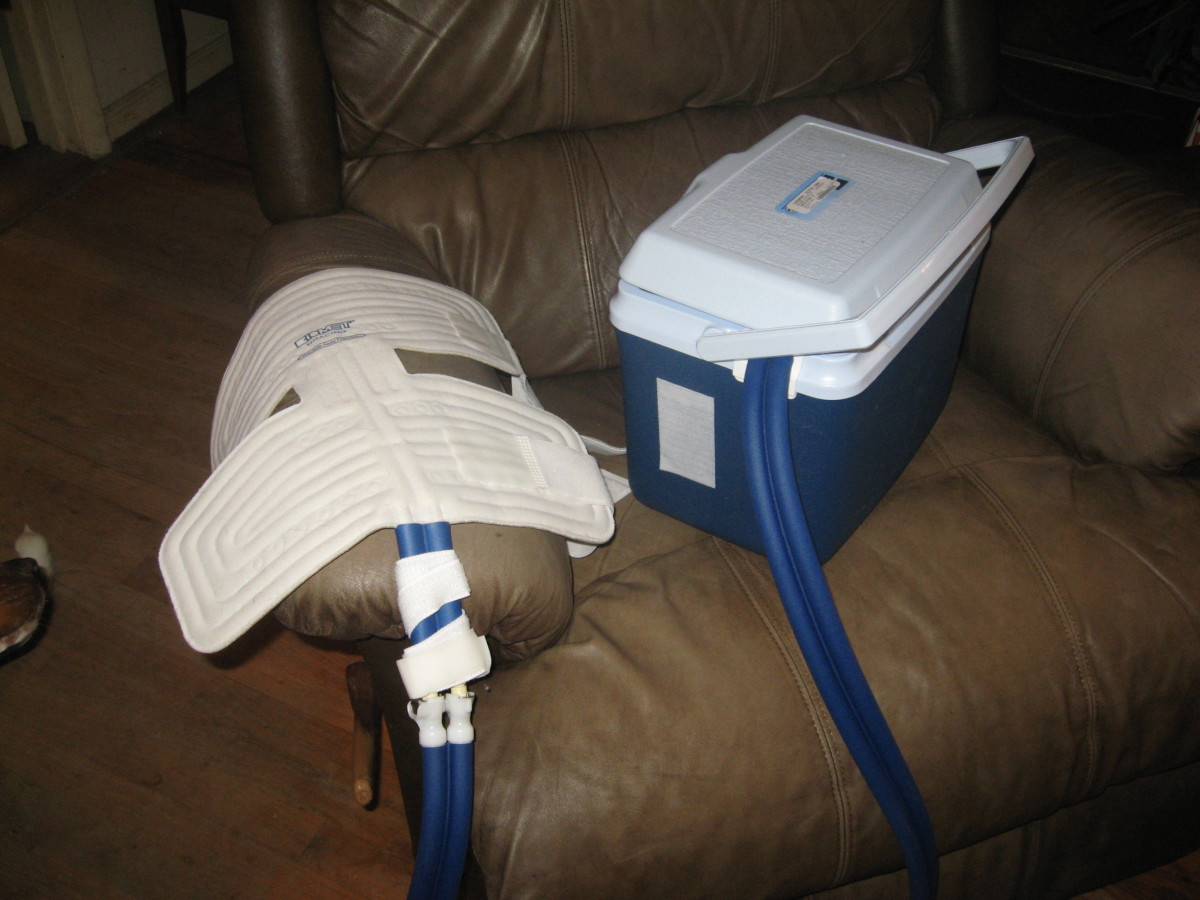Caring for Patients Presenting with Non-Specific Symptoms

Patients with medically unexplained symptoms (MUS) in primary care are many and make unreasonably demands on health services. These patients are open to ideas explaining their poor health and their psychological wants. Clear, suitable account from doctors in a language best understood can empower patient as well as doctor to work together to manage their health care problems to a minimal and at the same time lessen healthcare visits.
Medically unexplained symptoms such as fever, abdominal pain or headache are characterized by huddle of signs that indicate a number of shared diseases of a particular bodily system. When a patient illustrates mysterious symptoms, their account is characterized by their sincerity that their symptoms are true and has been caused by something which they may not be aware. In most cases, patients describe their symptoms using metaphors. Majority patients with MUS in primary care give physicians the privilege to deal with their psychological wants. During the consultations process with respect to symptoms, patients give cues: they may point out ‘headache’, or refer to that disease may be absent, or construct uncertain suggestion to a more harmful deadly disease.
Under primary care, patients with nausea and vomiting are related to motion. In most cases, it points to etiology devoid of complicated diagnostic testing. In small number of patients, abnormal cause of nausea and vomiting may need a complete diagnostic testing and consulting a specialist. An evaluation of the time of nausea and vomiting is critical at the initial point. Signs present for a short duration such as a week may be caused by conditions which are detachable from those causing symptoms over long durations.
For severe nausea and vomiting, the diagnostic technique is guided by three main inquires: 1)Is immediate therapy required as a result of nausea and vomiting? 2) Which medication and support are deemed sufficient? And 3) Which procedure is needed to determine the root cause of the condition?
On the other hand, for chronic nausea and vomiting, the diagnostic method should be inclined on historical and substantial exam. The results of this examination should lead to the limb structure involved. Psychogenic basis are also critical areas to reflect on in chronic nausea and vomiting. From the initial testing, a small number of patients with no symptoms can be identified regardless of the extensive investigative testing. These small numbers of patients can be referred to specialized centers.
Abdominal pain is a major cause of visits to a primary care (Everhart, 1994). In addition, the financial and societal impact of abdominal pain is overwhelming. A nurse must eliminate other symptoms of pain during assessment such as dissecting aortic aneurysm, perforated viscus, or bowel obstruction. Regarding all patient encounters, the nurse must begin with a suitable account and examination. Usually, the physic of the patient should point out the nature and urgency of treatment.
Headache is pain that can be experienced in any part of the head, together with the scalp, face and internal part of the head. It is a general reason for patients needing medical care. The root causes of headaches are very common while others termed as dangerous, needing specific treatment. An evaluation of headache determines whether it is a secondary and an examination of the symptoms suggest that it can be a serious cause. If there is no severe symptoms are recognized, then the examination should focus on diagnosing the principal headache disorders. Critical symptoms such as temperature ought to be measured. In addition, the facial expression of the patient should be noted. Prescribing a treatment for headache should be directed towards the cause.








